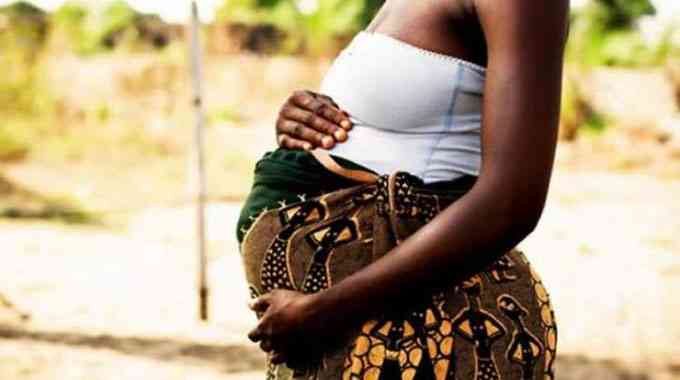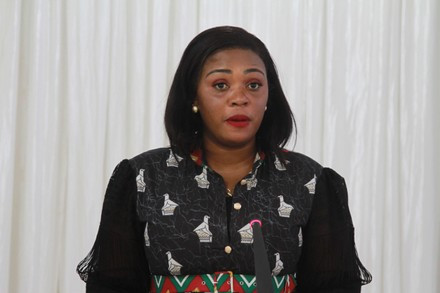
MORE girls are dropping out of school compared to boys at secondary school level, while child pregnancies continue to dog Mashonaland Central and the Midlands provinces as they struggle to curb the scourge, the Zimbabwe National Statistics Agency (ZimStat) has said.
Speaking during a workshop in Bulawayo on the 2022 Population and Housing Census Provincial Profiles; District data sheets and Provincial GDP Dissemination, ZimStat representative Tawanda Chingozha said Mashonaland Central and Midlands are grappling with persistently high rates of teen pregnancies.
“Looking at the Progress Index Calculation, these provinces are the least performers across the country," he said.
Mashonaland East, Mashonaland West and Masvingo provinces were classified as “average performers”, indicating some progress, but still falling short of desired outcomes.
“This suggests that while these provinces are making strides, further interventions are necessary to effectively combat the issue of teen fertility,” Chingozha said.
ZimStat demography and social statistics director Aluwisio Mukavhi said more girls are dropping out of school compared to boys, especially at the secondary level.
“At primary level, the proportion of children out of school was higher for males 3,8 % as compared to females 3,4 %. For lower secondary school level, the proportion was higher in females 11% compared to males 7,7 %,” Mukavhi said.
He said Bulawayo lags in school attendance due to dropouts.
- Mavhunga puts DeMbare into Chibuku quarterfinals
- Bulls to charge into Zimbabwe gold stocks
- Ndiraya concerned as goals dry up
- Letters: How solar power is transforming African farms
Keep Reading
“The report also identified Bulawayo as the province with the lowest net attendance ratio change at the secondary level. This means fewer students are consistently attending school in Bulawayo,” he said.
Unicef representative Rumbidza Tizora said they are joining hands with stakeholders to illuminate the lives of Zimbabwe's children through impactful data.
“These statistics help us better understand the situation and needs of children in Zimbabwe, which in turn informs our interventions to support the National Development Strategy 1: 2021 – 2025, the Devolution Agenda, and Vision 2030.
“That's why partnerships, such as the one between Zimstat and Unicef, are vital. This is the second time that provincial and district profiles have been produced, allowing us to identify areas with lagging child indicators and focus our efforts on the most deprived areas where they will have the greatest impact,” Tizora said.
A recent survey on teen pregnancies conducted by child rights group, Zvandiri, indicated that 95% of teenage pregnancies were unintended and attributed to poverty.
The report said lack of access to contraceptives for teenagers was also among other reasons why there was a spike in unplanned teenage pregnancies.
According to the report, between September 2021 and August 2022, over 20 000 girls dropped out of school after falling pregnant.











